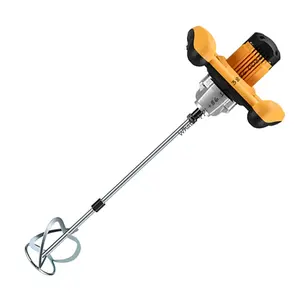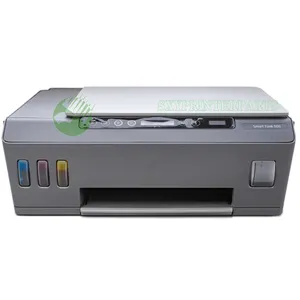Popular in your industry









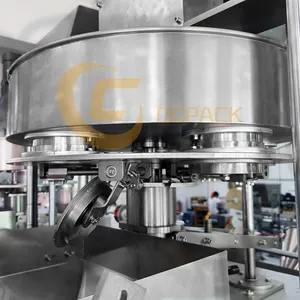





































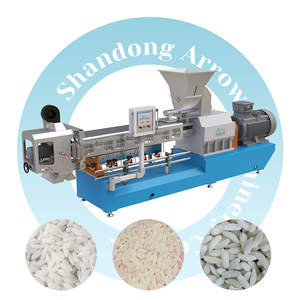
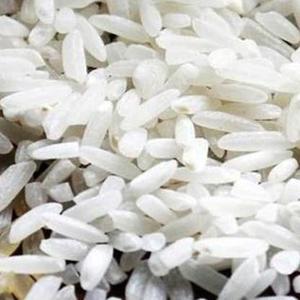
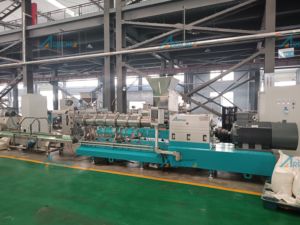
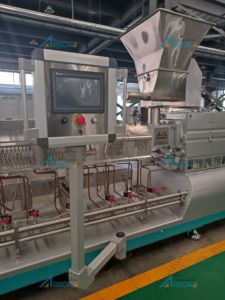
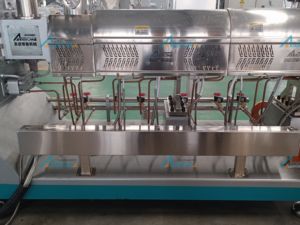
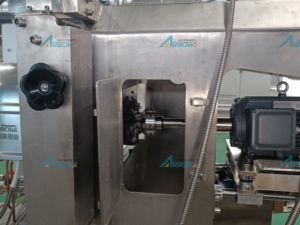


















Related Searches:
































































































































































Top categories
About fortified rice machine
The fortified rice machine is an advanced apparatus engineered to tackle malnutrition by infusing rice—a primary sustenance for much of the world's populace—with vital vitamins and minerals. Skilled in crafting fortified rice kernels (FRK) that replicate the look and feel of natural rice, the fortified rice making machine is indispensable in the food processing sector, delivering a product that satisfies both nutritional guidelines and consumer demands for excellence in flavor and quality.
Types and Characteristics of Fortified Rice Machinery
Diverse in its offerings, the fortified rice machines category encompasses various models, each with distinct features. The frk blending machine caters to smaller-scale endeavors, ensuring a thorough integration of nutrients with rice. Conversely, the fortified rice extruder is apt for high-volume production, adept at molding and slicing the nutrient-enriched blend into grains. For enterprises seeking a comprehensive solution, the fortified rice mill plant provides an all-encompassing system, from mixing to packaging, tailored to meet the production needs of businesses large and small.
Structure and Operation of Fortified Rice Blending Machines
The architecture of a fortified rice blending machine is a testament to mechanical ingenuity, featuring several crucial components. Central to its operation is the blending tank, where rice is combined with fortifying agents. This is augmented by a precision dispensing system for exact nutrient allocation. With a PLC-equipped control panel, operators can meticulously adjust mixing durations and velocities, orchestrating a harmonious operation that yields consistently nutritious and high-quality fortified rice.
Materials and Properties in Fortified Rice Machines
Material selection is paramount in constructing a fortified rice making machine. The preferred 304-grade stainless steel offers corrosion resistance and facilitates sanitation, preserving the machine's hygienic state over prolonged use. Its inert nature is crucial to averting rice contamination, safeguarding the purity of the added nutrients. The resilience of these materials also equips the machines to endure the rigors of daily use, a boon for continuous production settings.
Business Usages and Applications in Various Industries
The fortified rice machinery plant is versatile, finding utility across diverse commercial landscapes. In the food sector, it serves producers catering to educational institutions, healthcare facilities, and military operations where nutrition is of utmost importance. In locales where rice is a dietary mainstay, these machines are instrumental in public health campaigns. They enable businesses to generate both economic and social value by enhancing community health through nutrient-enriched rice.
Functions and Tasks of Fortified Rice Machinery
Engineered with a singular focus, the fortified rice machine is adept at enriching rice with precise measures of vitamins and minerals. It executes specific functions such as purifying the rice, uniformly mixing in fortificants, extruding the blend into kernel form, and ultimately drying and packaging the finished product. The machine's proficiency in these tasks renders it a vital component in the fortified rice production chain.
Features and Unique Selling Points
Notable attributes of the fortified rice mill include its precision nutrient dispensing mechanism, ensuring consistent fortification across all kernels. The energy-efficient design of these machines not only reduces costs but also minimizes environmental impact. The incorporation of renowned brand motors and PLCs distinguishes these machines, offering unparalleled reliability and user-friendliness.
Benefits and Positive Outcomes
The advantages of employing a fortified rice blending machine span beyond the creation of nutrient-dense rice. They offer a scalable option for businesses aiming to grow their operations. With high production rates and minimal maintenance expenses, the cost per unit of rice produced is lowered, potentially boosting profit margins. Consumers gain access to a product that meets their nutritional requirements, fostering improved health.
How to Operate, Choose, and Maintain Fortified Rice Machines
Effective operation of a fortified rice mixing machine necessitates a grasp of its components and capabilities. Training is essential for operators to proficiently manage the control panel and conduct routine inspections for smooth machine performance. Selection criteria should include production capacity, spatial constraints, and specific nutritional objectives. Maintenance is straightforward, generally involving regular sanitation and periodic servicing of mechanical parts. Professional installation is recommended to guarantee optimal functioning from the outset.
Target Audience and Meeting Needs
The intended market for various fortified rice machinery spans from local artisanal producers to expansive global enterprises. Their requirements range from crafting specialized fortified rice in small quantities to mass-producing standard fortified rice for broad distribution. Machine manufacturers have customized their offerings to cater to this wide array of needs, ensuring a fortified rice solution for every customer profile.
What are the local service locations and after-sales services provided?
Prospective buyers of a fortified rice kernels machine can take comfort in the extensive network of local service centers, stretching from the United States and Canada to India and beyond. After-sales support is thorough, encompassing video technical assistance to on-site maintenance and repair, guaranteeing swift and efficient issue resolution.
What are the core components and material quality?
Essential elements of a fortified rice machinery plant include the motor, PLC, engine, and gearbox—each vital to the machine's functionality. The commitment to quality is evident in the use of 304 stainless steel, underscoring the machine's robustness and adherence to rigorous food industry regulations, ensuring the safety of the fortified rice for consumers.
What features should I look for in a fortified rice machine?
In the market for a fortified rice extruder, prioritize features that resonate with your operational objectives. Considerations should include user-friendliness, versatility, and environmental impact. Evaluate the machine's energy efficiency, production capacity, and the integration of reputable brand components, as these factors can significantly influence performance and the caliber of the end product.

